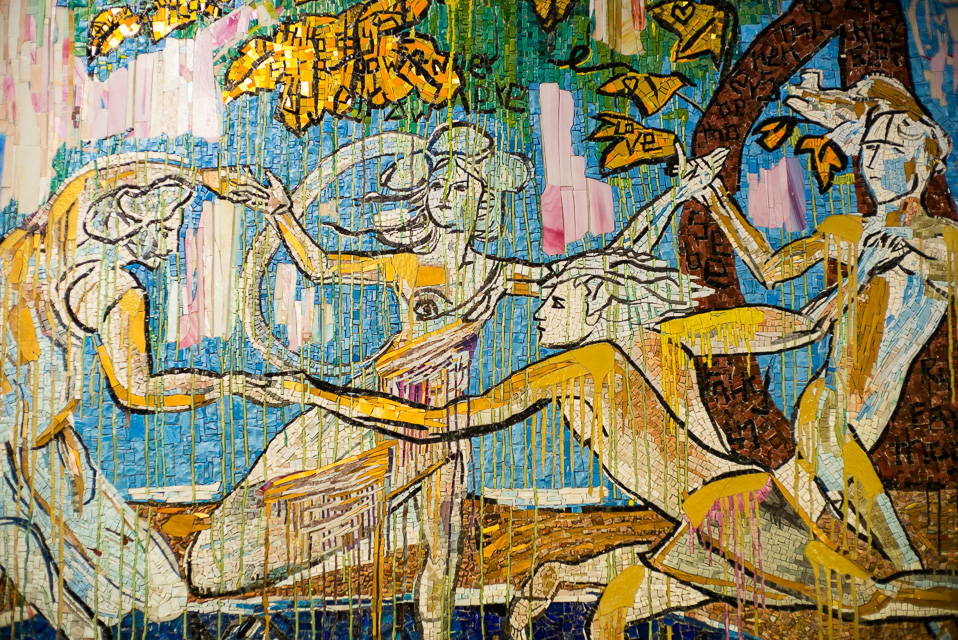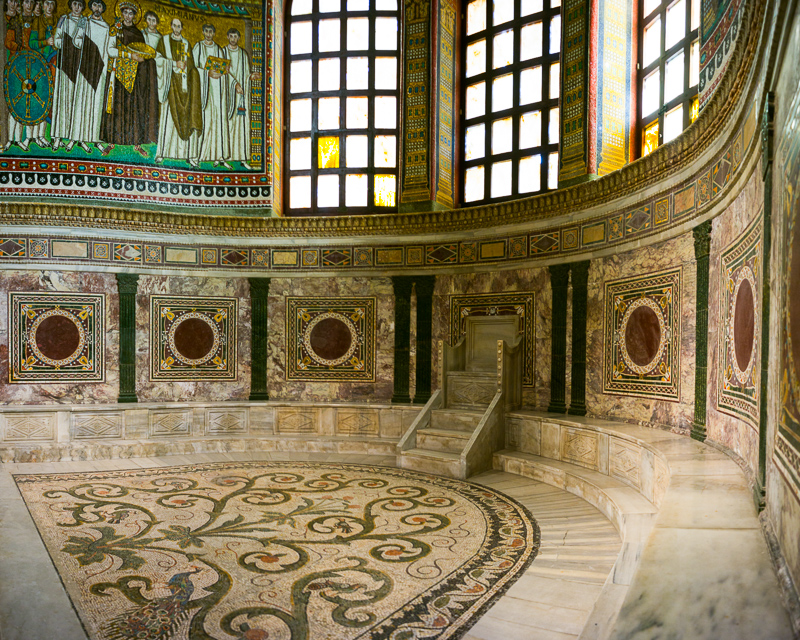
The early Christian mosaics of Ravenna, among the best preserved pieces of their era, present a tantalising view of the art from the late Roman and Byzantine empires. Ravenna was to surprise an unwary traveller, with a vibrant and exciting contemporary Mosaic’s scene. The Mosaics are on display throughout the city; museums, galleries, as you would expect, but also workshops that are producing grand works, and the display of contemporary work in 6th Century Baptisteries. As the following images contend, it can still lay claim to a vibrant centre of Mosaic Art, one that has survived for over a millennia and still going strong. Continue reading “Ravenna’s Contemporary Mosaics”


